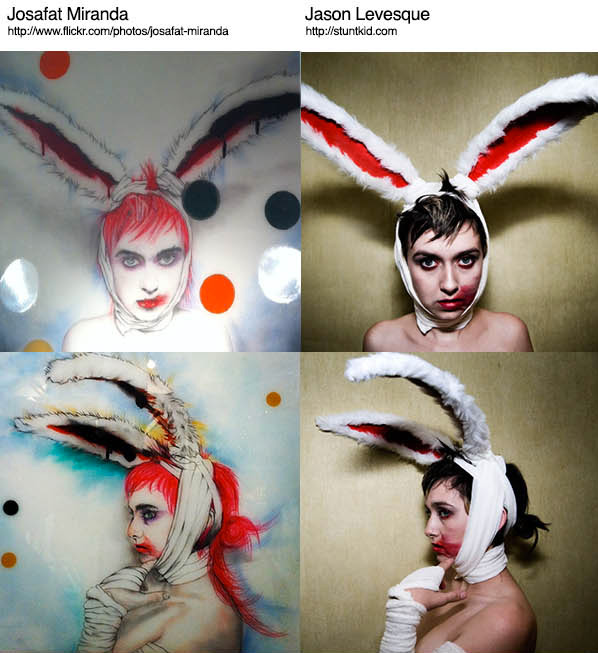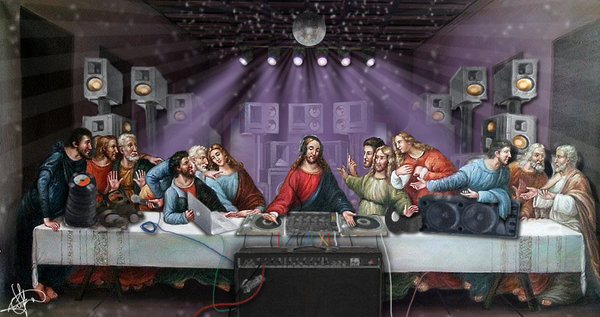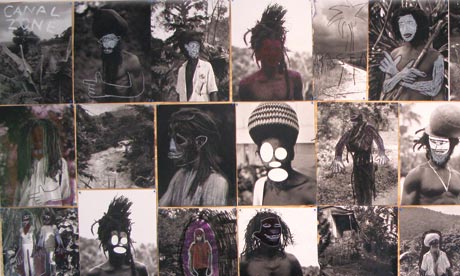
Richard Prince certainly knows how to gain attention with his art. From June 12th to August 15th 2015, Prince had an exhibit in the Gagison Gallery titled New Portraits. What is included in this exhibit? Portraits obliviously, however, none of the portraits featured were taken by him. In fact, the exhibit was screen shots of people’s Instagram pictures. The picture above is just a few from his exhibit, however, there are other pictures that include prolific people such as Sky Ferreira. He makes clear that these are not selfies, but they are portrait. He described what he was also looking for. Although, more interesting that his criteria for his artwork is the entire process, or the beginning of a very controversial piece. The process of this whole story is more than just interesting, it is quite funny. Taken from the Gagison Gallery’s webpage, Prince gives a lengthy explanation into the exhibit. The beginning probably goes further than this, but the most important factor is getting an Iphone. Then some time after that, Prince was taught to screen save on his phone. He said this to be the best function on the phone he encountered. On top of this, he started becoming more interested in using Instagram. He was looking through the feed of Jessica Hart and said someone should make a portrait of one of her pictures. This is first Instagram post of Prince’s project. Still, he wanted to add something to the post, and his best answer was commenting on the picture. He would commented on the picture, but a problem he encountered was that his comments were not at the very top. His solution was to block or report every comment above his until his reached the top. This was the beginning of New Portraits. Despite this rather unique process, not many people were happy with this exhibit, specifically the people whose pictures were used. Why? Well, Mr. Prince never got consent from the users to use their feeds as art. In fact, they were being sold. One of the portraits was sold for nearly 100k. Any given person would sue, but the process to sue would be difficult. Yes, there is the idea that since the IG user was not able to give consent, then Prince cannot use the pictures. However, Prince (or his lawyers) will most likely use the fair use argument. Essentially, fair use allows usage of artwork, with limits of course, to be used without the consent of the original artist. A good question to consider, how much is enough to be considered fair use. A possible view, is a someone–a judge decides. What they decide is whether the work transform enough to be different from the original. Best described from Evan Brown, a technology and intellectual property attorney from the site Pando, “does the artist’s use serve a different purpose than the original served?” Consdering all this, a part of art loses meaning. Though it does seem Prince tests the limits of copyrights, there is a darker side to the works when he is profiting off of them. This also begs the question is there art in the fact that he didn’t take the pictures, the fact that he profits off of it, or that he can get away with it? Regardless of the answer, Prince has certainly made a work that opens up a discussion. While being a jerk and taking people’s pictures, he provides a good point how someone’s else moment of life can be turned to profitable art is easy. Seeing that this is not Prince’s first offense, this exhibit isn’t for the sake of critiquing the art world, but more so taking advantage of it. In 2008, Prince was sued by Patrick Cariou for taking collages from his book, Yes, Rasta. Taking 28 images from book, unchanged, Prince’s fair use argument wasn’t going to work. In fact, it didn’t and Cariou won the case. Still years later, in 2013, there was appeal and the court overturned the previous ruling and said 25 of the pictures were in fair use, and by 2014 the cased was settled. With all the technicalities involved with copyright infringement of art, Prince knows very well how to get around any legality issue. Although he hadn’t won the case at first, he was able to receive an appeal. This again brings up the point, if done right, people can steal. Although, in legal terms, the art isn’t stolen if it is changed from its original purpose. So as long as Prince modifies the original work in some way, chances of him being sued and losing are pretty slim (especially since he is rich and can afford good lawyers). Another work he did was take the book Catcher in the Rye and replace J.D. Salinger’s name with his. This is a work done in 2012. When I first saw this I was slightly confused. Maybe I should stop looking for a reason, but why did he do this? Did he ever get sued? He was selling this book at a very high prices, and the book was the same minus the fact his name is on it and not Salinger’s. Even from this stand point, this type of work seems really lazy because all he did was change J.D. Saligner’s to his. By pointing out how easy it is to appropriate art, Prince does more harm than good—for the sake of morals that is. Art, however, is an entirely different story. Maybe Prince is proving a point in the more antagonistic approach. The only way to prove a point is by challenging the systems that it was built upon. Even more of his work like Cowboy is just an altered picture. The picture is actually a Marblo advisement. Prince changed it to where it was nothing but just a cowboy–no Marblo printing to be found. Not an expert in art, but there is an overall theme to Prince’s work. In fact, it is a cycle. He appropriates artwork, people get mad, they sue, he wins, and he appropriates other people’s art works, and so forth.





